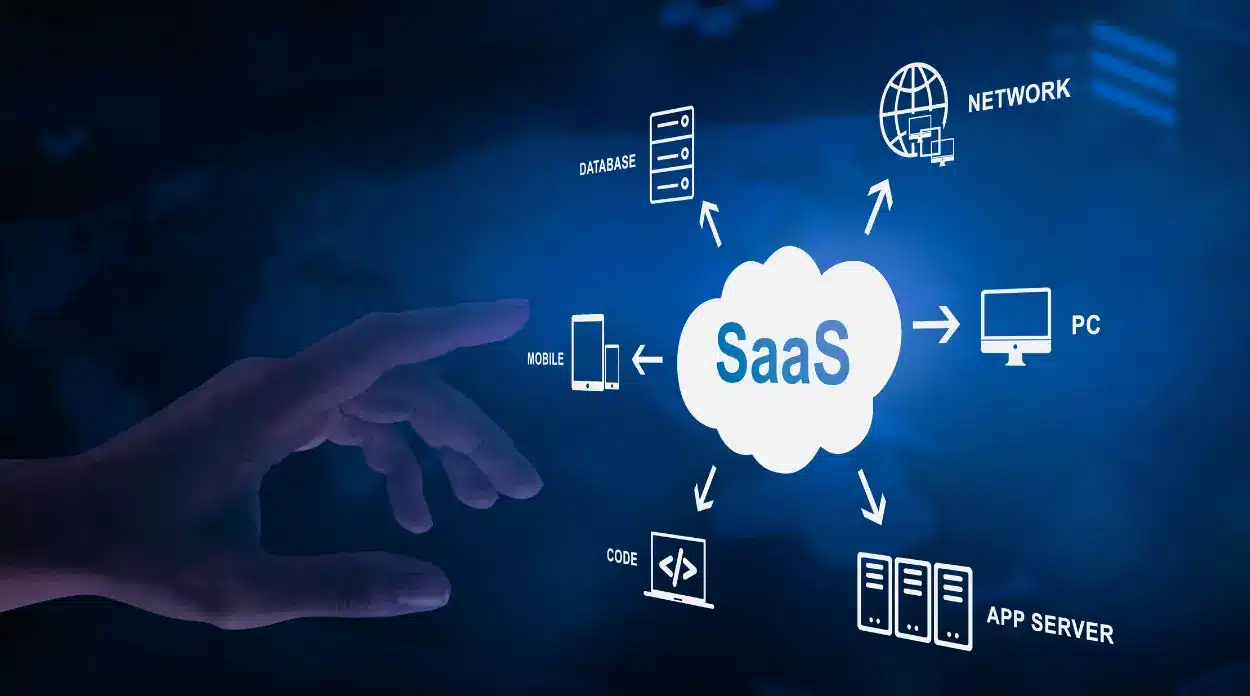In recent years, SaaS has been heralded as the ultimate IT solution, flexible, scalable, and maintenance-free. But for many businesses, the moment of clarity arrives with the quarterly bill, when suddenly your IT budget looks bloated, and no one’s sure where the money went.
It turns out that what seemed like a modern convenience may be a hidden drain.
The Illusion of “All-Inclusive” Licensing
Many SaaS providers advertise broad “all-in-one” plans, but the reality can be a minefield of hidden fees. Look closely and you’ll notice:
Feature tier lock-ins that force upgrades once usage crosses a threshold
Per-user costs that spike as your team grows
Add-on charges for API access, integrations, or data exports
One mid-sized firm discovered they were paying four times more in third-tier licenses just to retain basic reporting functions. Their solution? A shift to custom data integrations that saved 40% annually, and gave full control over feature usage.
Cloud cost transparency goes beyond refreshing your invoices. It requires real-time visibility into features actually used, and a scale that adapts, not explodes, when your team does.
The “Efficiency Tax” of Unused seats
Onboarding is messy. Team members come and go. Yet most SaaS tools charge for every seat, even the ones nobody logs into. That means paying month after month for unused licenses.
Even if each seat only costs $25/month, an unused license across 20 seats adds more than $6,000 to your annual expenses. But your IT team could reassign or replace that license within minutes.

Churn Costs and Contract Flexibility
End-of-quarter billing spikes are often tied to auto-renewals or rigid contract periods. Without active monitoring, many organizations find themselves locked into cycles of excessive subscription tiers or unnecessary modules.
Think of it like paying for cable channels you never watch, every month, indefinitely. Enabling granular contract review processes and tagging renewal dates in your CRM or ERP system lets you negotiate or offboard before costs escalate.
Hidden Integration & Support Fees
It’s tempting to assume SaaS is plug-and-play, but real-world implementation often reveals buried costs. Those costs typically include:
Custom API development or middleware
Premium support services for onboarding or integrations
On-demand feature tuning or database cleaning
One regional logistics provider reported spending an additional 20% of their SaaS budget on professional services in Year 2, even after all systems were live. A proper ROI analysis could have flagged this as red before procurement.
How To Avoid SaaS Cost Traps
Monitor license usage monthly, not quarterly
Set usage-based thresholds that trigger alerts or seat reallocation
Segment subscriptions by department (Sales, Operations, Finance) for clearer ownership
Link SaaS billing to your central ERP or automation system to flag overages or unused plans
Schedule contract reviews ahead of auto-renew dates
SaaS isn’t inherently expensive, it’s inefficient billing that kills your margin.
With a cloud & SaaS cost optimization plan in place, those subscriptions can become powerful, flexible tools, instead of silent drains on your bottom line.
Want help analyzing your software stack and eliminating hidden costs? Feel free to connect your platform insights into your existing IT framework to unlock clarity and reduce waste, efficiently and sustainably.

